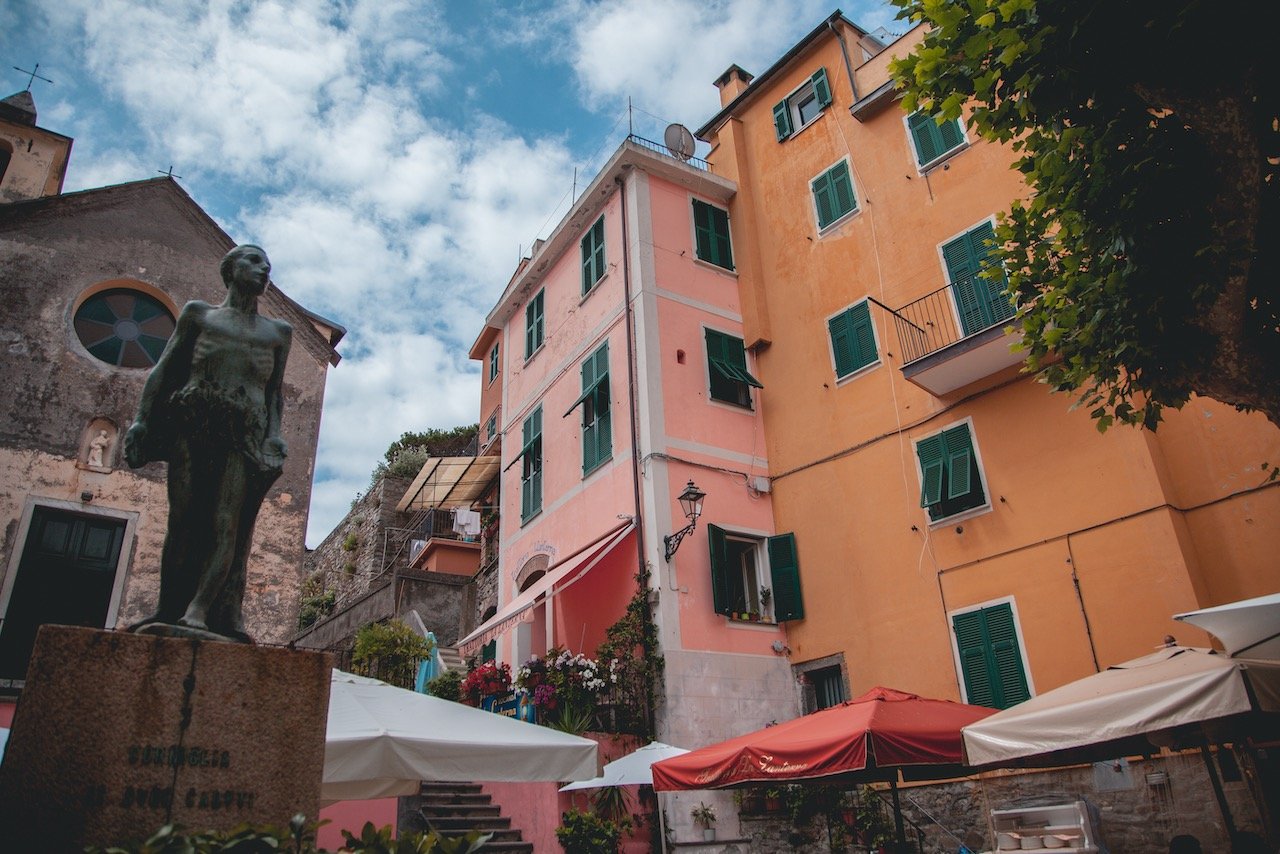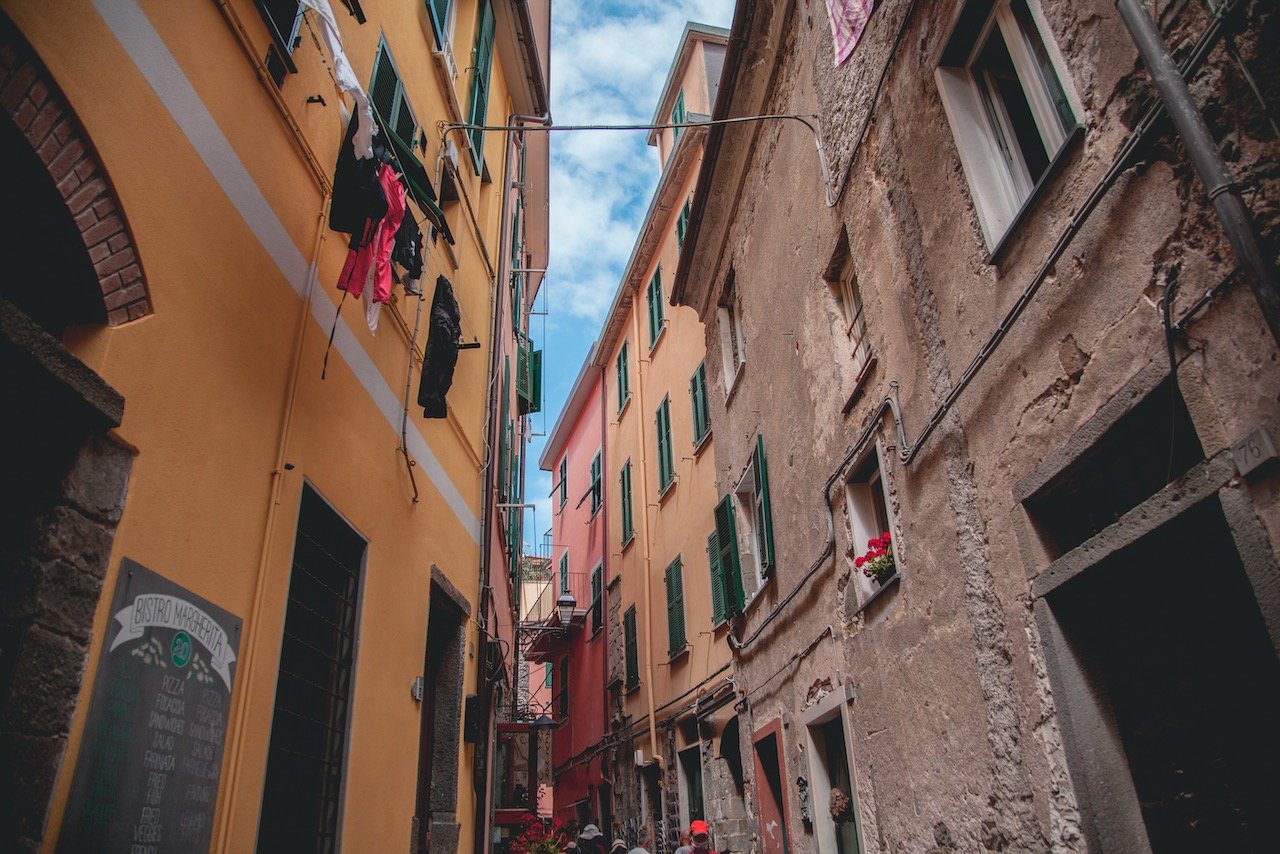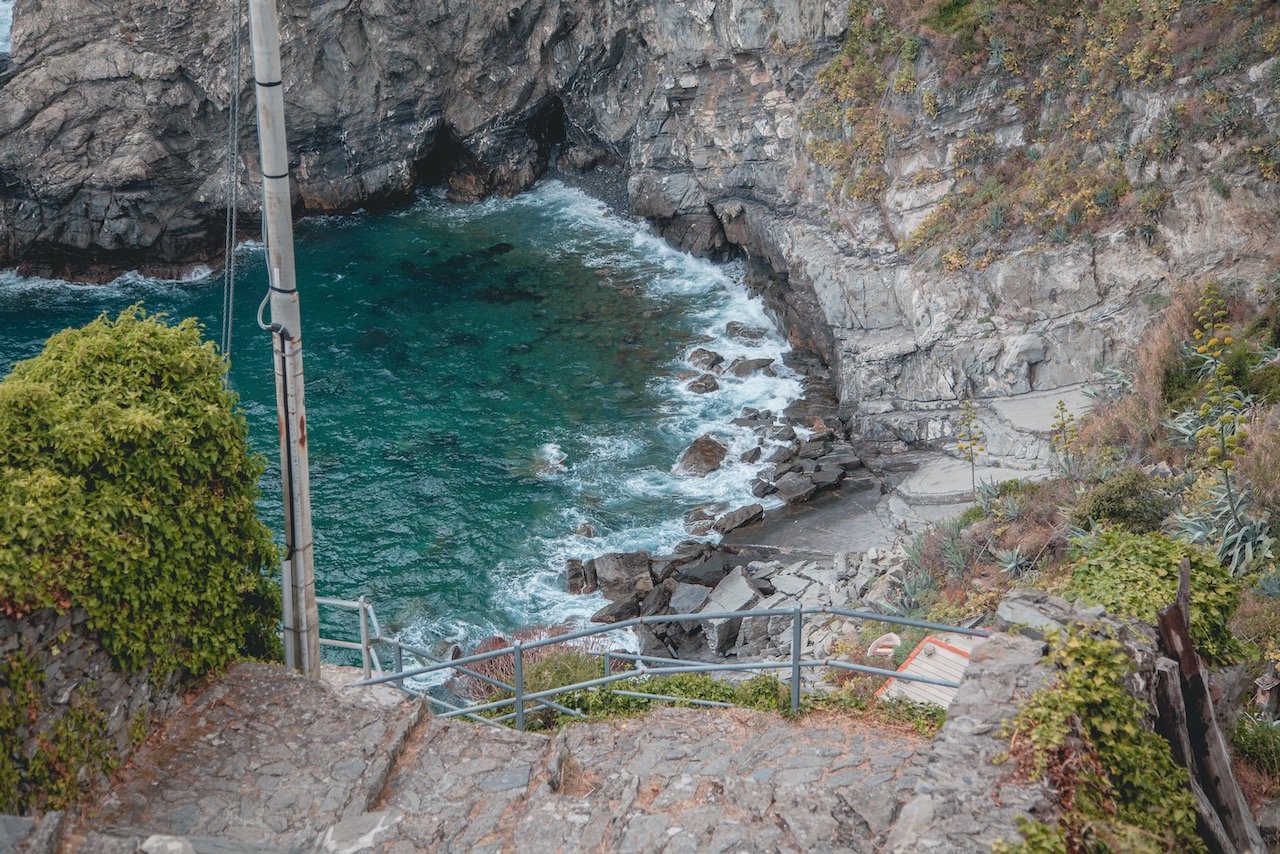A Journey through the towns of Cinque Terre: Corniglia
(Some links in this post are affiliate links. If you click through and take action, I'll be compensated.) If you are also interested in any PRINTS from any of my posts, be sure to check out my store where you can buy prints as posters, in metal/wooden frames or on canvas.
**This post is the 3rd of a 6-post series discussing what to see in Cinque Terre (You can check out the other parts in the list below, separated by each specific village (just click the village name to see the blog post. Everything is also summarized in another post here.**
Riomaggiore (Blog Post: A Journey through the towns of Cinque Terre: Riomaggiore)
Manarola (Blog Post: A Journey through the towns of Cinque Terre: Manarola)
Corniglia (Blog Post: A Journey through the towns of Cinque Terre: Corniglia)
Vernazza (Blog Post: A Journey through the towns of Cinque Terre: Vernazza)
Monterosso al Mare (Blog Post: A Journey through the towns of Cinque Terre: Monterosso al Mare)
Cinque Terre (Summary) (Blog Post: A Guide to the Villages of Cinque Terre)


























